Description
Smoky Quartz has a hardness of 7 and a specific gravity of 2.65 – 2.66 while Microcline has a hardness of 6 – 6½ and a specific gravity of 2.54 – 2.57.
Quartz was first published as “querz” in 1505, and has quite the history thereafter according to Mindat. Also from Mindat, “Quartz has been known and appreciated since pre-historic times. The most ancient name known is recorded by Theophrastus in about 300-325 BCE, κρύσταλλος or kristallos. The varietal names, rock crystal and bergcrystal, preserve the ancient usage. The root words κρύοσ signifying ice cold and στέλλειυ to contract (or solidify) suggest the ancient belief that kristallos was permanently solidified ice. Quartz is one of the most common minerals found in the Earth’s crust. (It’s a) significant component of many igneous, metamorphic and sedimentary rocks. Found in an impressive range of varieties and colors, and if pure, quartz is colorless, but the “smoky-gray, brown to black variety of quartz that owes its color to gamma irradiation and the presence of traces of aluminum built into its crystal lattice” according to Mindat. Smoky quartz is dichroic (from darker yellow-brown to lighter red-brown) when viewed in polarized light. Smoky quartz can be found in many different environments but is most characteristic for pockets in igneous rocks and pegmatites. The quartz grains in granites and related rocks are often smoky. Smoky quartz shows many different habits and crystallographic forms, but needle-like crystals of smoky color are not known. Crystals that grew at relatively high temperatures, in particular macromosaic quartz crystals like those found in pegmatites and alpine-type fissures are often evenly colored, whereas crystals from other environments often show a color zonation in the form of multiple phantoms. In scepters and skeleton quartz, the color may be more intense along the edges of the crystal.”
Microcline, on the other hand, had its name given to it in 1830 by Johann Friedrich August Breithaupt, from the Greek μικρός (little) and κλινειν (to incline), in allusion to the small departure from monoclinic symmetry… Microcline forms in more slowly cooled rocks like granite pegmatites. Despite that Wikipedia states that it “is an important igneous rock-forming tectosilicate mineral” and it has around 14% Potassium and 10% Aluminum within the mineral according to a sample analyzed on WebMineral, it doesn’t seem as though it’s used as an ore or important for any other obvious reason, but besides the crystals often associated with it, you might be able to mine it if you find a large deposit? Might be easier and more cost-effective to get Aluminum from Bauxite, though, and Potassium from Carnallite, Langbeinite, Polyhalite, and Sylvite…
This specimen would potentially make for a great representation of either Silicon, Oxygen, Aluminum, or Potassium, but it’ll probably end up as a colorful Colorado rock for a lucky Colorado rock collector or cool crystal conglomerate for a crystal collector first!
Both Smoky Quartz and Microcline are found in a couple thousand localities worldwide with around 350 localities within Colorado where it’s known that you can find Microcline, and around 90 for Smoky Quartz, but Lake George is definitely one of its most famous, so be sure to add this cute little town to your To-Visit List and go soon, or keep your eyes out for a cool rock like this if you just so happen to be hiking in a similar geologic environment!

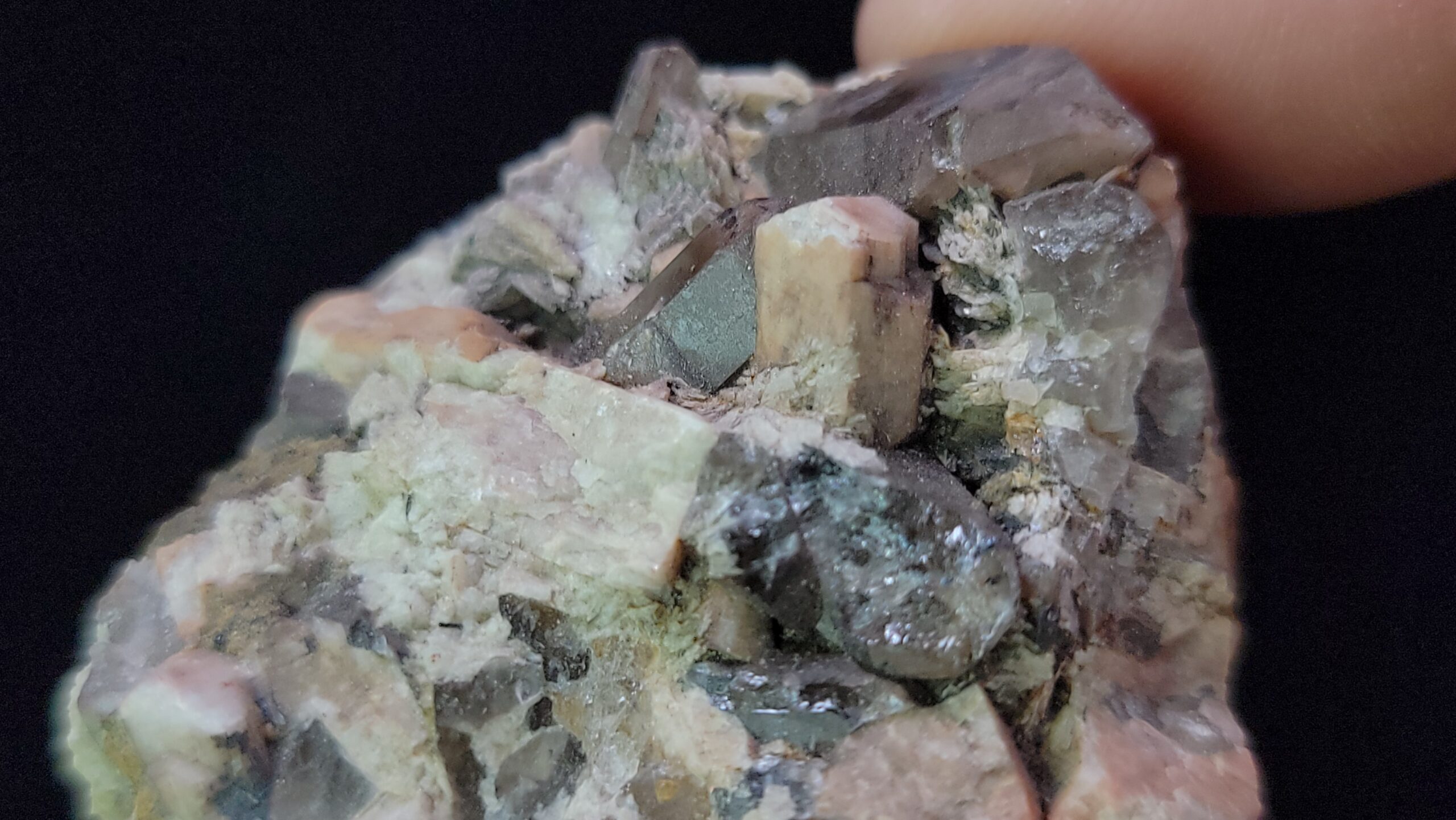
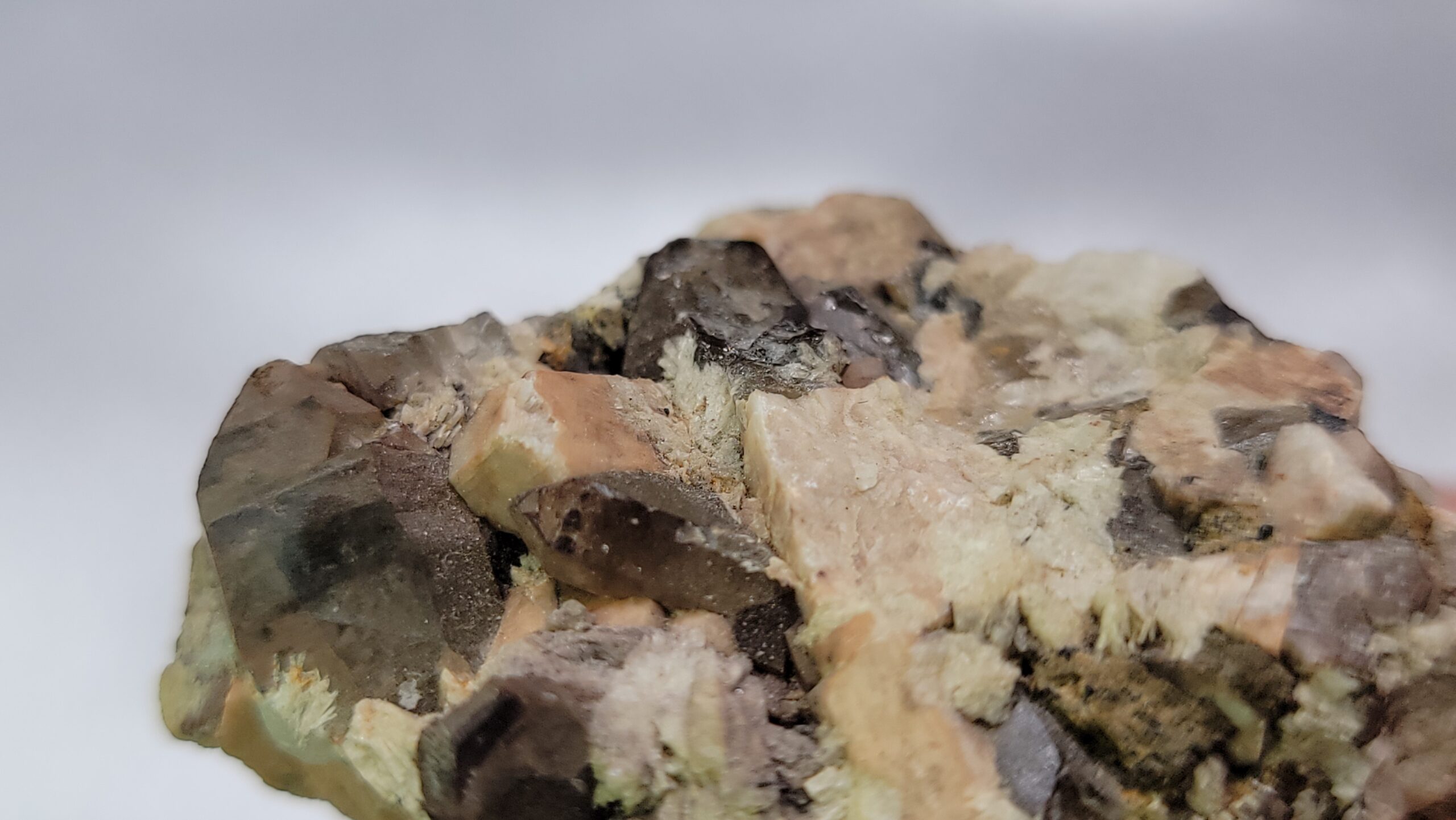
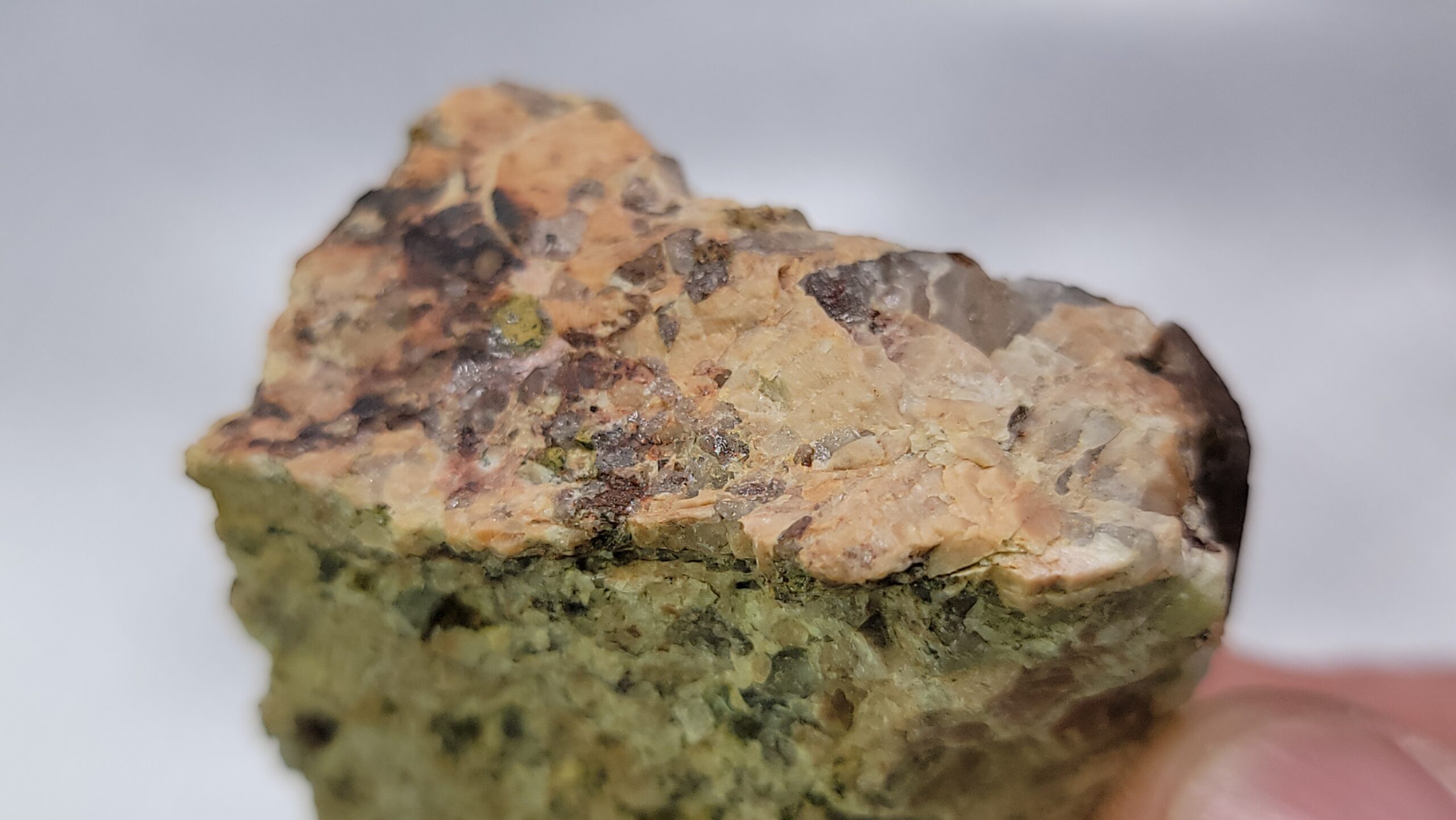
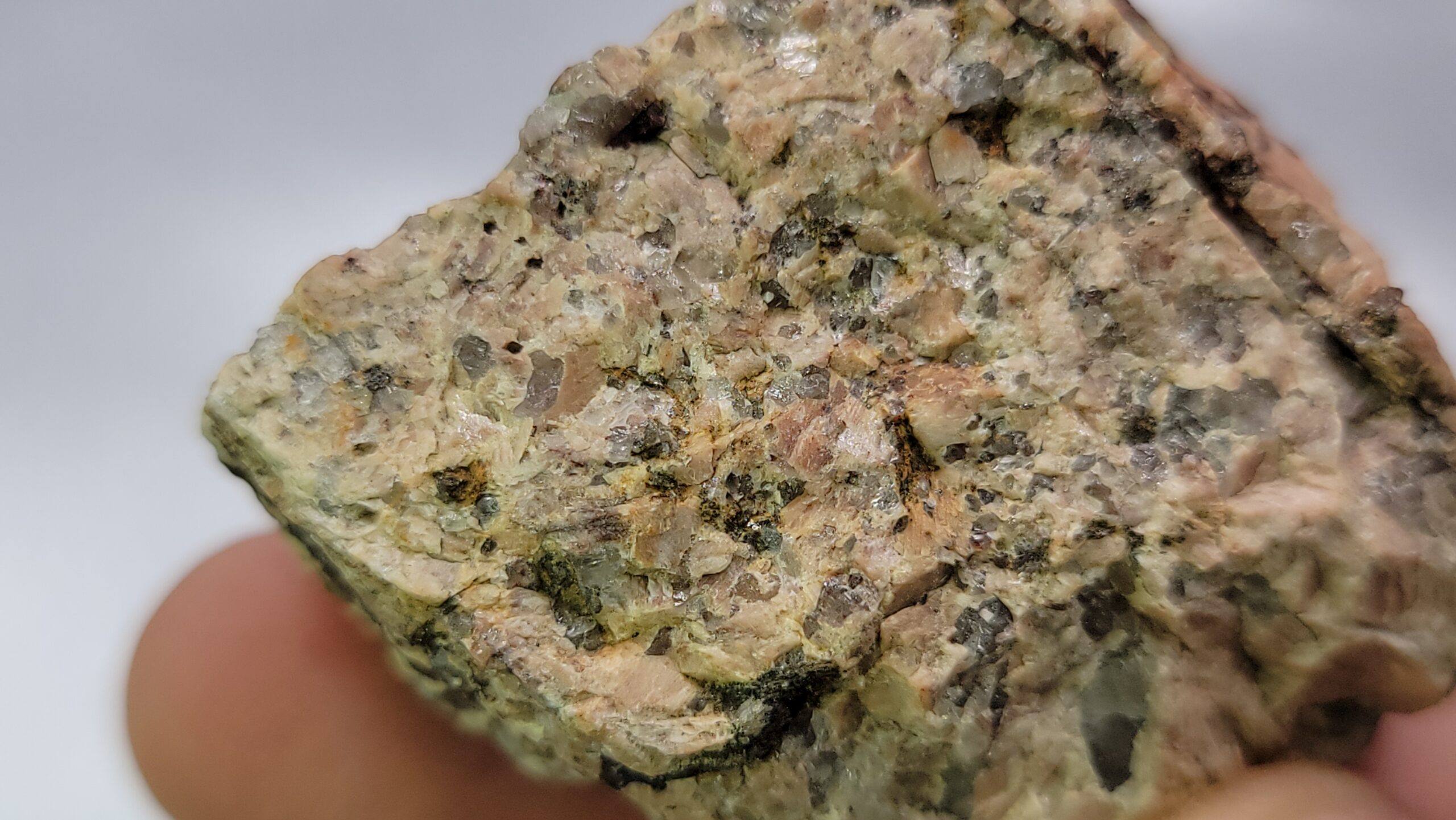
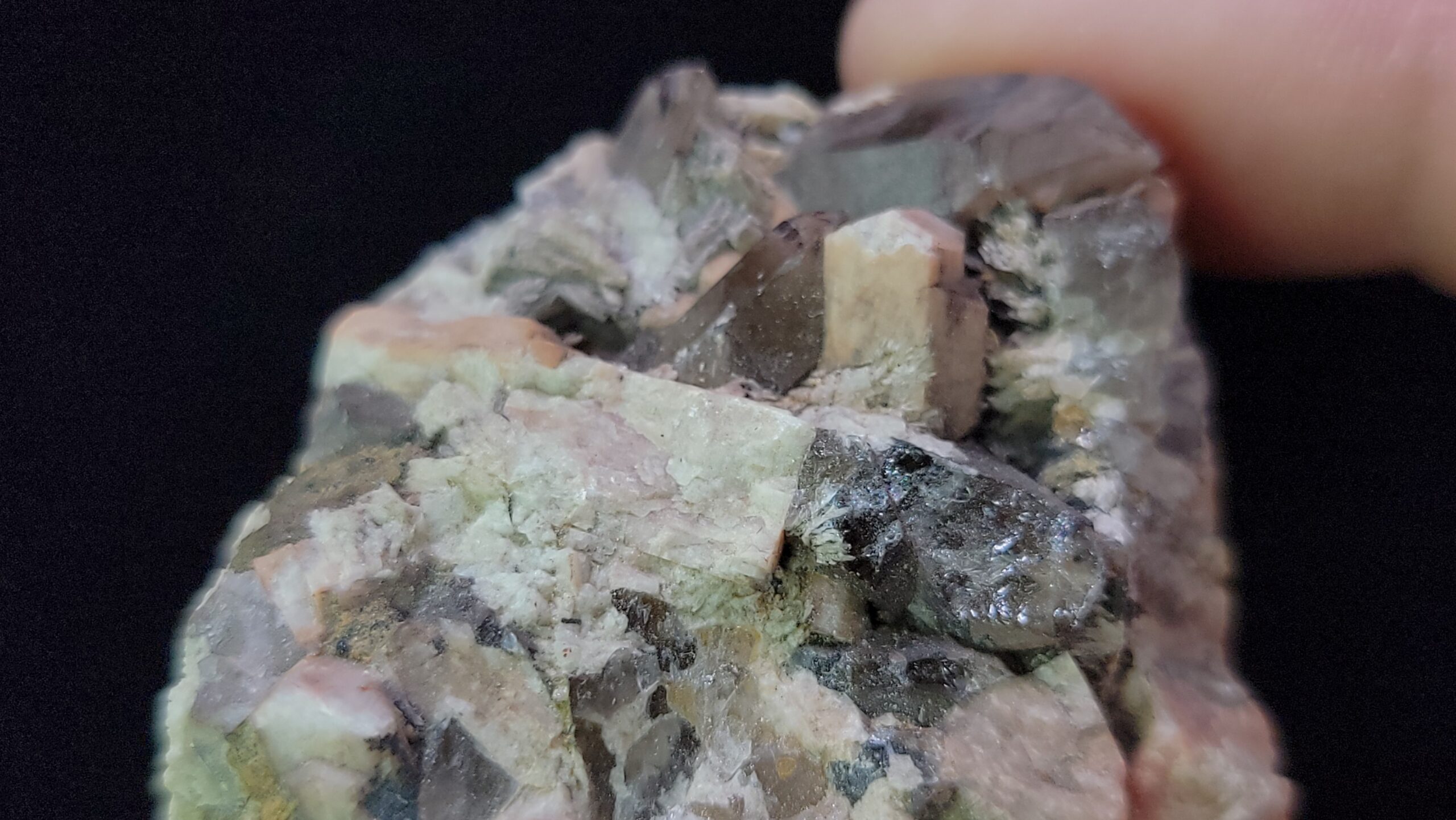


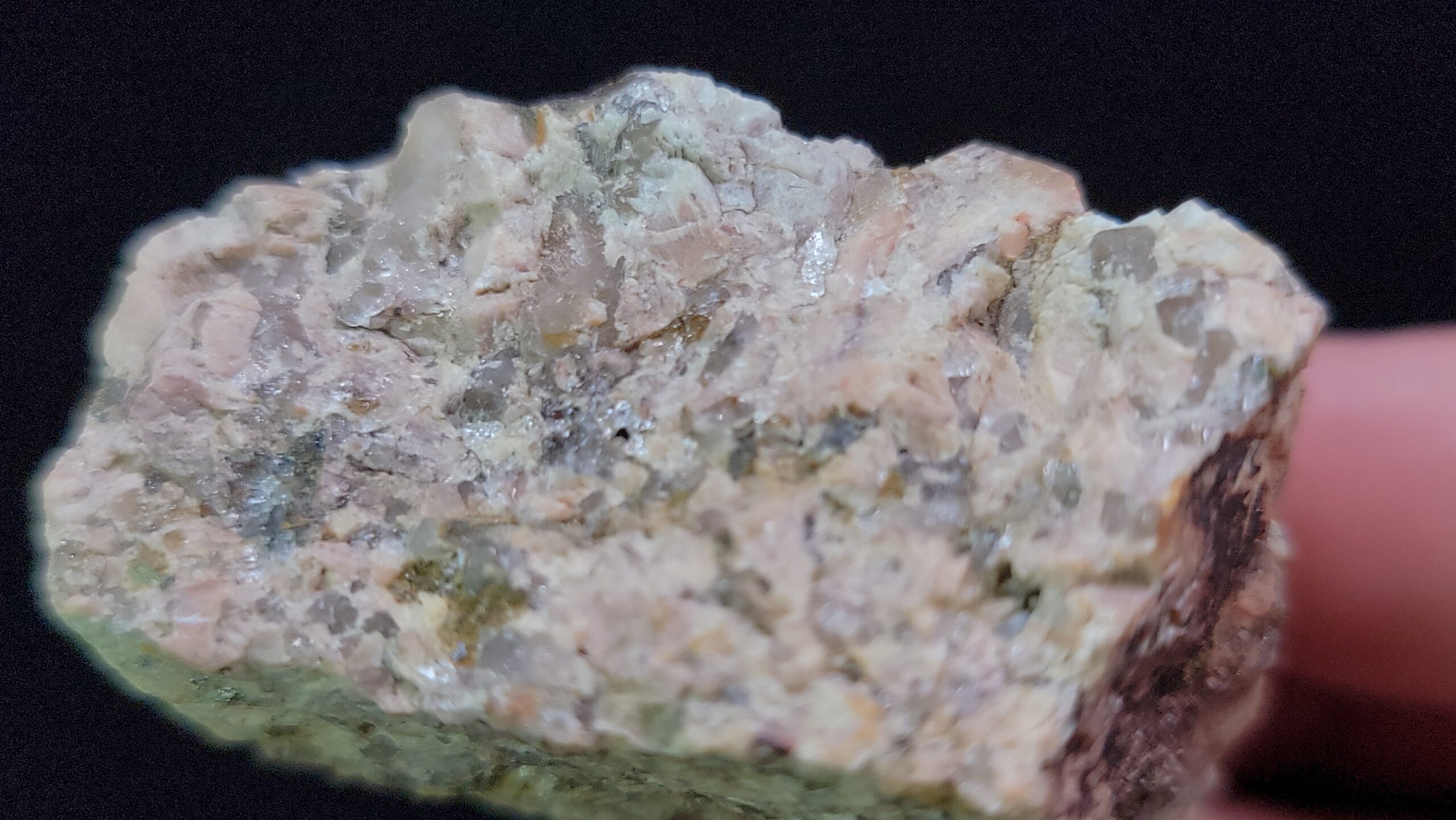
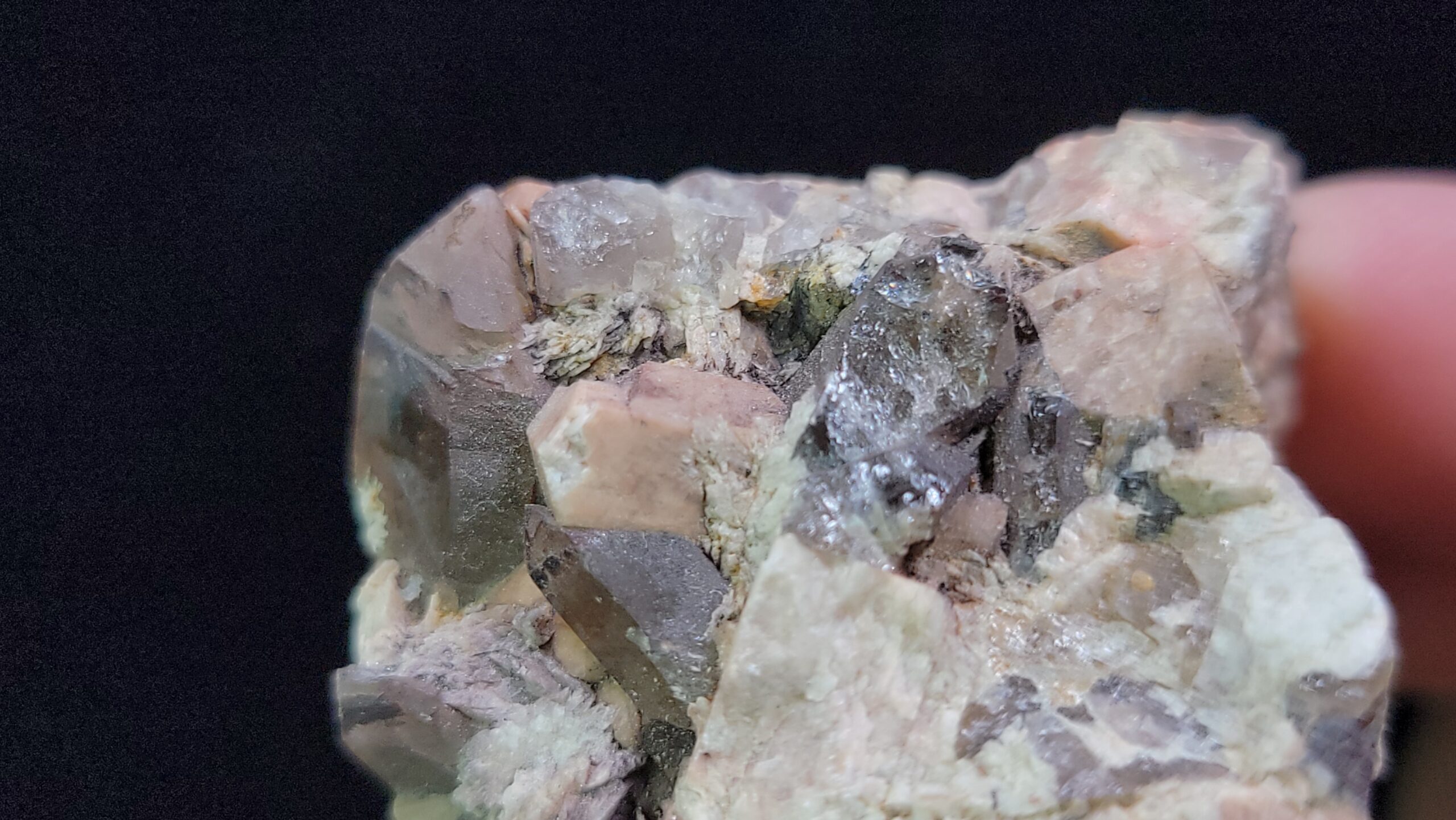
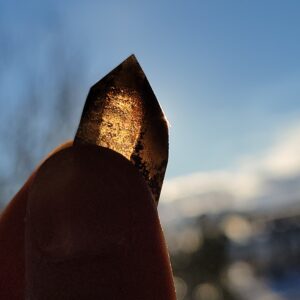





Reviews
There are no reviews yet.